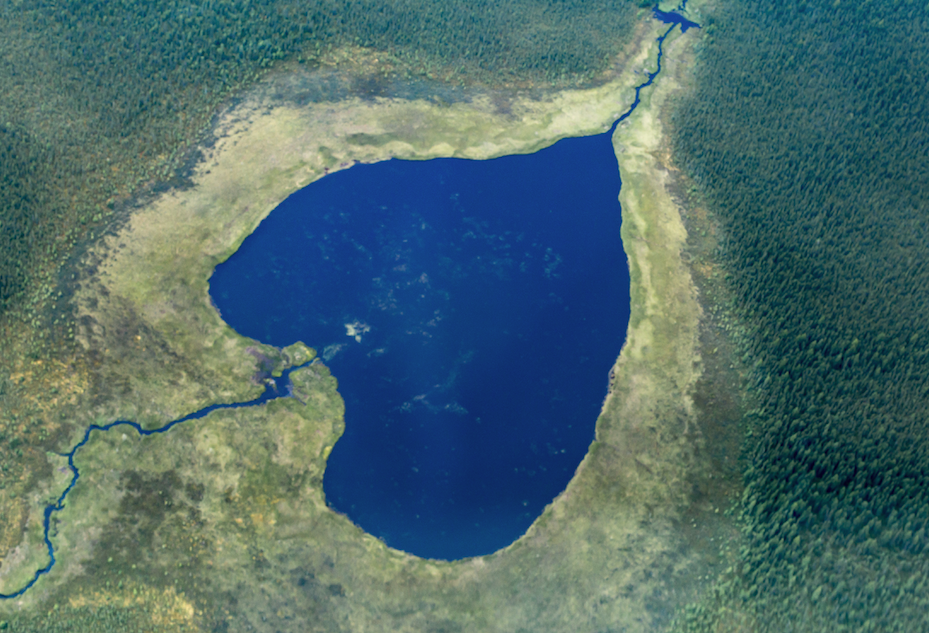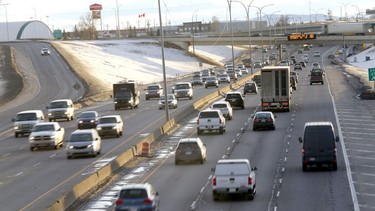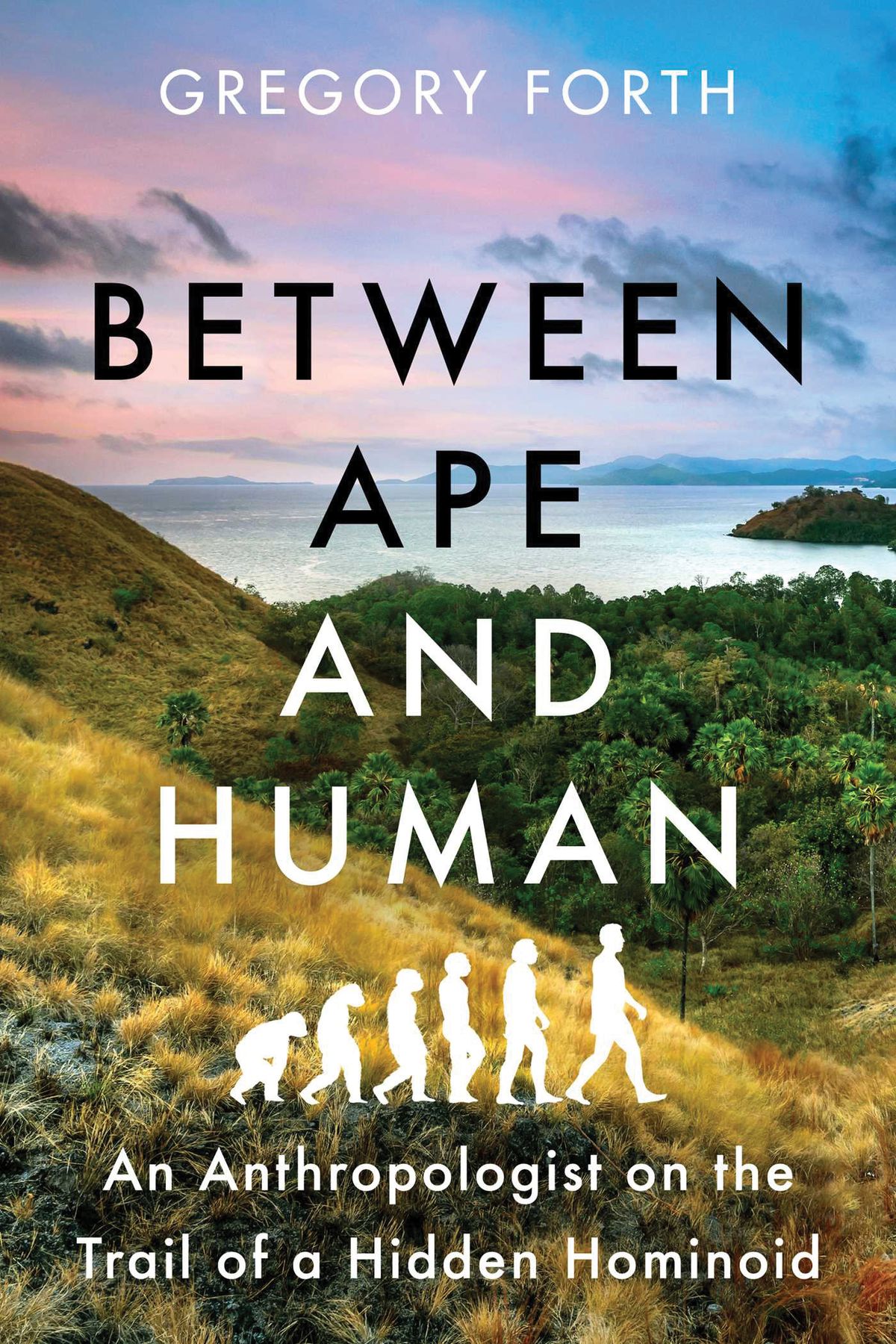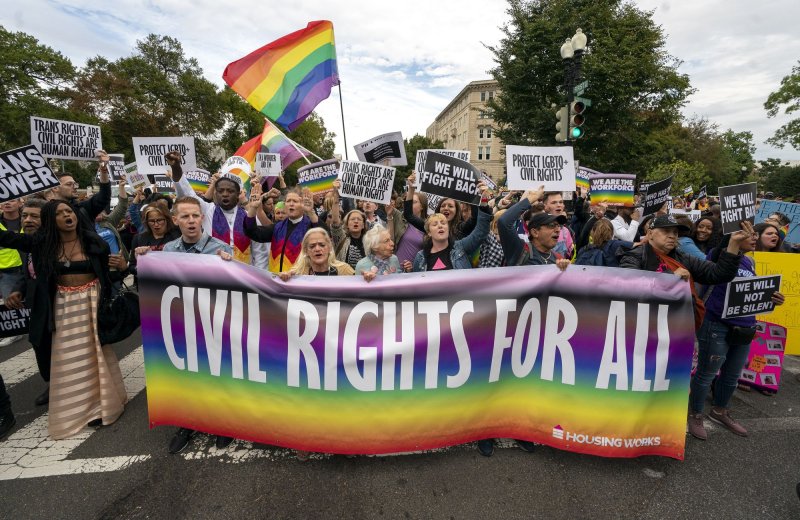WE NEED PROVINCIAL GVT INSURANCE CO.
Alberta auto insurers brought in 1.3 billion more than they paid out in 2020: report
Alberta auto insurance providers collected over a billion dollars more than they paid out in 2020, shows a new report released by the province Thursday.
Author of the article: Dylan Short, Calgary Herald, Driving
Publishing date: Apr 18, 2022 • Traffic on Calgarys Deerfoot Trail
Alberta auto insurance providers collected over a billion dollars more than they paid out in 2020, shows a new report released last week by the province.
The Superintendent of Insurance 2020 annual report shows providers collected $5.81 billion in premiums and paid out $4.489 billion in claims, resulting in an overall collection of $1.321 billion. That margin is an increase from 2019 of $1.152 billion and 2018 of $974 million. Both premiums and claims have gone up each year over the past three years.
NDP energy critic Kathleen Ganley said Friday that insurance companies are making hundreds of millions more off the backs of Alberta drivers with the help of UCP policies. Premier Jason Kenney scrapped a rate increase cap on auto insurers in 2019 after it was imposed by the previous NDP government.
“They were able to do this because the UCP removed the cap we put in place to limit increases to premiums,” said Ganley. “That’s $385 million more out of the pockets of Alberta drivers in a single year. No wonder the UCP tried to hide the report before we called them out on it. No wonder they tried to bury it ahead of a long weekend.”
The NDP has accused the government of attempting to suppress the superintendent’s report for 2020 and 2021, which have been produced for more than 100 years.
Ganley said the increases came during a year when many people parked their vehicles due to the pandemic and hardly drove. Despite that, they still saw rate increases, she said.
“Alberta drivers, when you look at your car insurance bill, remember that you are getting worked over by an extremely profitable corporation with the help of the UCP,” said Ganley.
WTF
Kassandra Kitz, press secretary to Finance Minister Travis Toews, said that since much of the information in the report is publicly available elsewhere, the office of the superintendent had paused the release of the annual document while assessing if the report was still necessary.
“They have since taken action to continue the annual report publication,” said Kitz in an email.
Kitz said Albertans deserve an automobile insurance system that is fair, accessible and affordable and that is why the government is committed to examining ways to improve that system. She noted the government introduced Bill 41, the Insurance Amendment Act, which changed regulations around how premiums are calculated.
“We introduced Bill 41 last session that made legislative and regulatory changes to stabilize auto insurance rates, enhance medical care benefits and ensure more options and flexibility for drivers,” said Kitz.
She said seven insurers have filed for rate reductions in 2021 and that across the board, premium rates for private vehicles are down by just under one per cent over the past 12 months.
An analysis using industry and regulator data before the report was released Thursday suggested insurance companies had raked in nearly $2.1 billion in profits during the COVID-19 pandemic
An analysis done by actuary Craig Allen that he says is based on figures provided by the Alberta Automobile Insurance Rate Board shows auto insurers in 2020 pocketed $928 million in pre-tax profits and another $1.153 billion the following year.
The 2021 figure, said Allen, is based on available numbers for the first half of that year and projections for the remainder.
“My estimate of what the profit’s going to be is fairly conservative, cautious,” he said. “The COVID-19 pandemic and reduction in traffic certainly through the first half of 2021 that reduced the volume of accidents and claims is the real main driver.”
The analysis was conducted for the group Fair Alberta, which includes lawyers, medical professionals and injured Albertans.
An insurance industry spokesman echoed the nearly one per cent rate decrease cited by Kitz, adding Allen’s numbers are incomplete and skewed.
He said it doesn’t include more than $100 million in vehicle damage claims from the June 2020 hail storm that ravaged northeast Calgary and more vehicular traffic and probably more eventual payouts in the second half of last year.
“It’s inappropriate to take a point in time and extrapolate it for an entire year … it’s not necessarily accurate,” said Aaron Sutherland, vice-president of the Insurance Bureau of Canada.
He said it’s illegal for insurance company profits to exceed seven per cent so “the notion we’re making any kind of windfall is fanciful.”
With inflation running at nearly six per cent and price increases of car parts and used vehicles far exceeding that, “we’re seeing a lot of pressure on pocketbooks but auto insurance isn’t one of them.”
He agreed many insurers’ financial picture has improved recently but that some companies are doing considerably better than others.
Alberta insurance companies pack in more than a billion in profits in 2020

According to an annual report, drivers in Alberta paid more premiums in
2020 despite some statistics showing that many left their vehicles parked
because of the COVID-19 pandemic.
Michael FranklinCTVNewsCalgary.ca Senior Digital Producer
Monday, April 18, 2022
While many Albertans were out and about enjoying the Easter long weekend, the Kenney government released new insurance data that reported more than a billion dollars in profit for the industry.
The Alberta NDP says the announcement was made during the holiday period in an attempt to suppress the data that said profits for insurance companies were $1.3 billion in 2020, more than $150 million higher than 2019's statistics.
Kathleen Ganley, the NDP's energy critic, says the UCP government's removal of the cap on premiums is why there was such an increase, even when Albertans were stuck at home and not driving anywhere due to the COVID-19 pandemic.
Related Stories
Alberta's auto insurance changes set to impact premium calculations and claims process in 2022
New report shows auto insurance rates slowly declining in Alberta
Alberta government tables auto insurance bill, committee recommends adopting no-fault insurance
"These are highly profitable companies," she said at a weekend news conference. "They are fleecing Alberta drivers with the help of the UCP. Many Albertans parked their cars and barely drove in 2020, but they still watched their bills get bigger, thanks to the UCP."
The new data, announced in the Superintendent of Insurance 2020 Annual report, suggests an increase of $385 million in premiums for Albertans in 2020, the NDP says.
In 2019, the UCP government removed the cap on increases to insurance premiums in Alberta, a measure that the previous NDP government had brought in to save drivers from higher fees.
The strategy limited rate hikes to 0.5 per cent each year, but the UCP government claimed it was doing more harm than good.
"Ultimately, we were seeing Albertans running out of affordable options and options that could meet their needs," said Finance Minister Travis Toews in December 2019.
"There were some Albertans who were struggling to find collision coverage or comprehensive coverage. They were being limited in terms of their rate plans. All of that was pointing to a model that simply wasn't sustainable in the long term."

Some insurance experts say it even forced some drivers to run the risk of operating their vehicle without coverage.
According to the Insurance Bureau of Canada, Alberta has the third-highest auto insurance rates in Canada, behind Ontario and B.C.
The Alberta government, in request for a reponse for comment on the annual report, said Bill 41 helped to stabilize auto insurance rates and provide added benefits to ratepayers.
It added that while profits were up, a number of providers have also applied for rate reductions, with seven of them being approved since the new measures:
Intact has decreased its rates by 2.04 per cent effective July 8, 2021;
Belair has decreased its rates by two per cent effective July 11, 2021;
Zurich has decreased its rates by 2.71 per cent effective Dec. 31, 2021;
Alberta Motor Association has decreased its rates by 7.13 per cent effective Jan. 1;
Peace Hills has decreased its rates by 2.63 per cent effective Jan. 1;
Co-operators has decreased its rates by 2.11 per cent effective Mar. 16; and
One other insurer has been approved for a decrease of 2.07 per cent effective April 1.
Officials say they also took into account the fact that Albertans were driving less because of the pandemic.
"When you visit the Auto Insurance Rate Board’s website that details the quarterly rate filings, you can see which have filed for reductions, and also the weighted average of approved rate changes," said Kassandra Kitz, press secretary for Minster Toews in an email to CTV News.
"This shows that across the board, auto insurance for private passenger vehicles is down 0.83 per cent over the past 12 months."
Bell: Kenney under fire slams 'kind of Soviet-style' auto insurance
Author of the article: Rick Bell
Publishing date: Apr 20, 2022 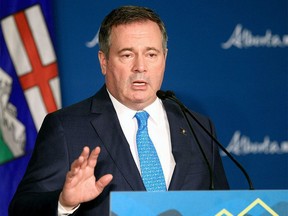
Premier Jason Kenney.
You have to admit Premier Jason Kenney has had some explaining to do.
And if there is one group you’d rather not have to defend, it’s insurance companies.
If there is one group not getting a lot of love from a lot of people, it’s insurance companies.
I know. I scored an award 17 years ago for holding the insurance crowd’s feet to the fire.
So the premier deflects.
He goes after provinces such as Saskatchewan and Manitoba, which have government-run auto insurance, schemes staying in place even when politicians of conservative stripe run the show.
“We Albertans believe in markets,” says Kenney.
“We don’t believe in socialism.”
He waits for the dreaded S-word to work its magic.
“Many other provinces have had the government take over the insurance market and that hasn’t worked out for consumers.”
It hasn’t?
Just a question.
Do you readers hailing from Saskatchewan and Manitoba and now living here think insurance is a better deal in Alberta?
Kenney lines up another S-word. Even scarier than the last S-word.
“It means you only have one choice, kind of Soviet-style, to go to.”
Are you listening to this, conservative-minded premiers of Saskatchewan and Manitoba peddling your kind of Soviet-style insurance?
“In many other provinces, you don’t get to shop around and find the right policy for you.”
An election is a year away …
“So that’s the alternative. I’m sure that’s where the NDP wants to take the province. I think that would be a disaster.”
Around the same time Kenney speaks these words, his budget boss Travis Toews is in the legislature talking about the NDP wanting “the nationalization of the automobile insurance industry.”
A quick catch-up on the story du jour.
The NDP opposition in the legislature has been on Kenney to cough up numbers on how much auto insurance companies have been pocketing in the recent past.
Where was the report from the paper shufflers eyeballing the bottom line of these insurance companies in 2020?
After all, the NDP had capped insurance premium hikes at five percentage points when they were in charge.
The cap was kaput in August of 2019, mere months after Kenney took over.
After the United Conservative victory, Kenney’s former campaign chief Nick Koolsbergen and his consulting outfit lobbied the premier’s office, the premier’s inner circle and the Kenney government’s finance department on behalf of the insurance industry.
One topic. Advocating against the insurance rate cap.
We’ll get to that later.
Anyway, the report on the insurance biz rolled out last Thursday. In the afternoon. Just before the start of the Easter long weekend.
It was the classic Take Out The Trash Day where you dump the stuff you don’t want folks to see.
Do they think we’re idiots? Don’t answer. It hurts too much.
The news stories on the report came out when most people weren’t paying attention.
Mission accomplished.
Auto insurers scooped up more in premiums and paid out less in claims in 2020 than in 2019
Those same insurers saw almost $400 million more in premiums in 2020.
For the 12 months before the end of this March, the weighted average of approved premium rate changes has gone down a little less than one percentage point.
The government says seven insurers are now reducing rates. In most cases, the amount is peanuts.
We’ll see how this all shakes out.
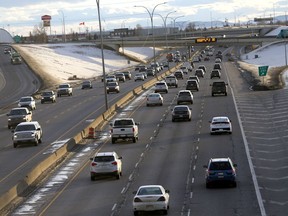
Back to Koolsbergen.
What does Kenney have to say about his old political comrade in arms lobbying the powers that be in the UCP government?
“I think every industry has government relations people that represent their interest,” says the premier.
“I don’t recall ever speaking to a lobbyist about this issue.”
Kenney insists he only spoke to the insurance big boys about coverage for oilpatch projects.
And, on a day when the premier was catching more grief about his leadership from those once on his side, he paints his own grim picture, a kind of insurance Armageddon two or three years ago.
Kenney speaks of more and more Albertans unable to get an insurance policy.
Very few insurance companies willing to play in the Alberta market.
Higher and higher court awards going out for personal injuries but the premiums not going up.
Insurers losing money.
“The market was getting totally turned upside down and if that had continued, we wouldn’t have had companies operate insurance here.”
And so, for Kenney, he and his crew kind of saved us from a kind of Soviet-style insurance.
One question remains, one you must answer.
Are you buying what the premier is selling?
rbell@postmedia.com








